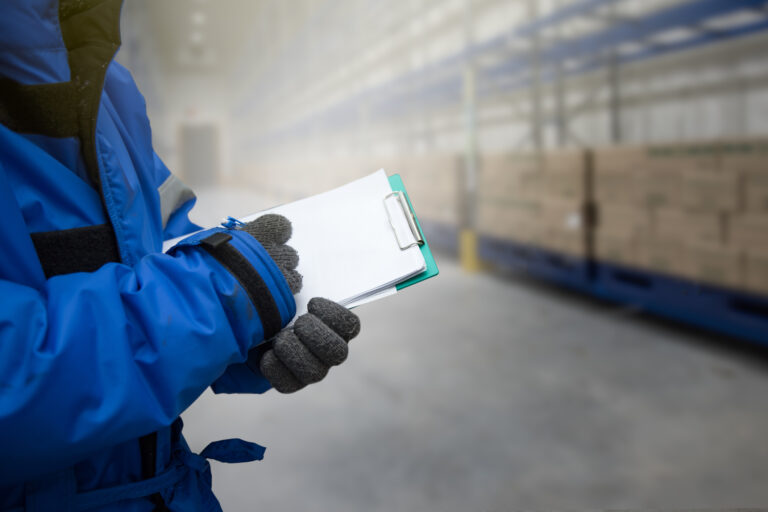Automated grocery warehouses can help further accelerate the growth of eGrocery. Here is why.
The past few years have seen an acceleration in demand for on-the-day or next day food delivery services.
This has boosted the already emerging eGrocery sector. However, there are some significant differences between the traditional grocery store and eGrocery that make it an entirely different proposition.
eGrocery retailers must attend to the order picking themselves, which can come to a large number of items as most customers order more online than they would buy in-store. Also, picking time eats into profits; selecting and processing typically has an operating margin of minus 15%.
Therefore, the challenge for any eGrocery operation that wants to maximize profitability is to be able to deliver a highly efficient service. This means building out solid infrastructure for delivery: an easy-to-use online ordering platform, an efficient order picking and packing system and a rapid delivery service.
Below are five ways in which automated grocery warehouses can help eGrocery firms achieve these.
- Reduce human error for greater order accuracy
- Accelerate delivery to meet changing customer expectations
- Optimize labor costs
- Increase operations in controlled and restricted environments
- Improve energy efficiency
Early adopters will reap the benefits first and for longer
The eGrocery sector still lags behind other online retail markets, but those who adopt warehouse automation first will enjoy considerable advantages longest.
Put simply, automated grocery warehouses have brought tremendous returns and competitive advantage to others in eCommerce and there is nothing to suggest they will not work for eGrocery operations too.


